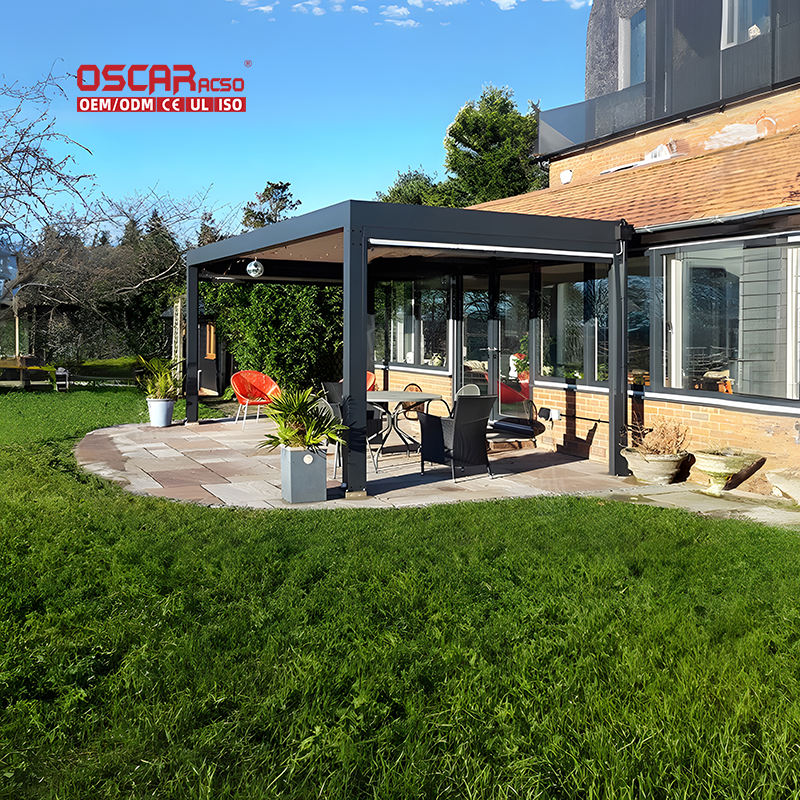Pergola Pronunciation, Master the Word and Elevate Your Outdoor Conversations
🌿 Ever found yourself hesitating before saying \"pergola\" at a garden center or while discussing backyard designs? You\'re...

🌿 Ever found yourself hesitating before saying “pergola” at a garden center or while discussing backyard designs? You’re not alone! This beautiful word, which describes an elegant outdoor structure, often trips people up. But fear not—getting it right is easier than you think and can boost your confidence in those outdoor living conversations.
Let’s settle this right away: How do you actually say it? While variations exist, the most widely accepted pronunciation is per-GO-la, with a clear emphasis on the “GO” 🎯. Think of it like saying “go” as in “let’s go”, and you’re halfway there!
Breaking Down the Sounds 🔉
To really nail the pronunciation, let’s break it down syllable by syllable:

- •
Per: Sounds like “purr” (like a content cat).

- •
Go: Pronounced with a long “o”, exactly like the verb “to go”.
- •
La: Sounds like “la” in “la-la land”.
.jpg)
String it together: purr – GO – la. per-GO-la. Practice makes perfect!
Why So Many Confusions? The Accent Twist
A key reason for the confusion is the difference between major English dialects.
- •
American English: Tends to favor per-GO-la, with a stronger emphasis on the second syllable and a clear “r” sound .
- •
British English: Often heard as PER-guh-luh, where the first syllable is stressed, the “r” is softer, and the final “a” is more relaxed .
You might also casually hear it as “per-guh-luh” in everyday chat. So, if you hear someone say it differently, they might just have a regional accent! 🌍
Beyond Pronunciation: What Exactly Is a Pergola?
Knowing how to say it is one thing, but what does it refer to? A pergola is an outdoor structure typically made of vertical posts that support cross-beams or an open lattice roof. It’s designed to provide partial shade and create a defined, inviting space in gardens, patios, or yards .
Its cousins include:
- •
Arbors: Often smaller and arched, frequently used as gateways.
- •
Gazebos: Enclosed, standalone structures with solid roofs.
- •
Trellises: Vertical panels used to support climbing plants.
The pergola sits perfectly between these, offering an open and airy framework that you can customize with climbing vines, lights, or drapes .
A Peek into the Past: The Word’s Origin
Understanding a word’s history can make it stick better. “Pergola” originates from the Latin word ”pergula”, which means “projecting roof” . It entered English via Italian, reflecting its deep roots in Mediterranean garden design, where they were famously used to support grapevines 🍇.
This etymology perfectly captures its function: providing a beautiful, shaded projection in your outdoor space.
Personal Perspective: It’s More Than Just a Word
In my view, correctly pronouncing “pergola” is a small but sign of respect for the rich culture of outdoor living it represents. This structure transcends mere function; it’s about creating sanctuaries for connection and relaxation in our own backyards. Getting the name right is the first step in appreciating the artistry and lifestyle it embodies. Furthermore, the regional variations in pronunciation add a layer of cultural richness—they’re not errors, but rather echoes of how different communities have embraced and made this concept their own.
Quick Tips to Never Forget 🧠
- 1.
Association is key: Link it to the phrase “Let’s go sit under the pergola.”
- 2.
Listen and learn: Use online dictionaries like Cambridge Dictionary to hear audio clips .

- 3.
Practice out loud: Say it a few times in a sentence: “We’re thinking of adding a pergola to our patio.”
Remember, language is fluid, and the goal is clear communication. Whether you say per-GO-la or PER-guh-luh, your love for great outdoor spaces is what truly matters. Now go forth and pronounce with confidence! 💪

